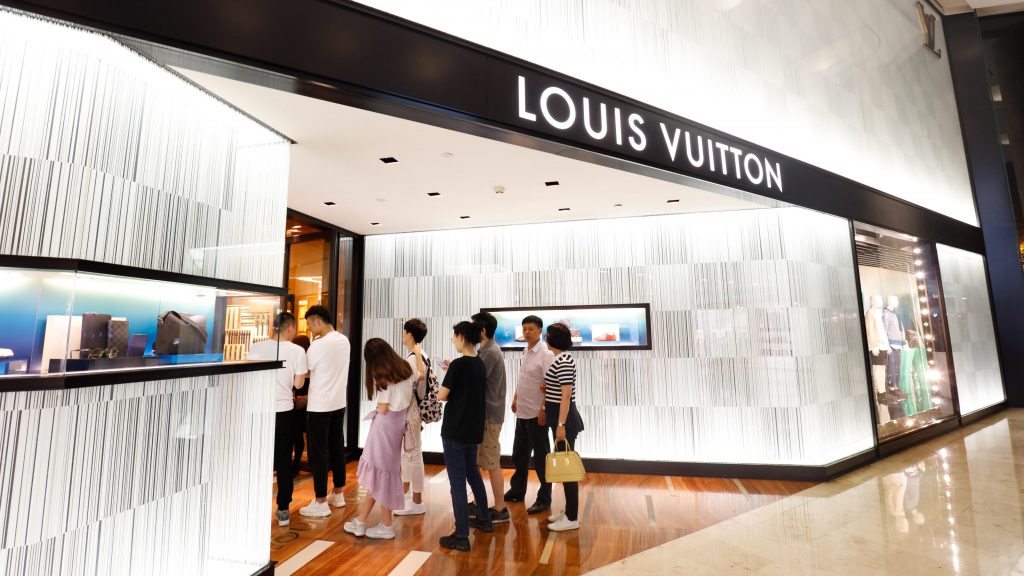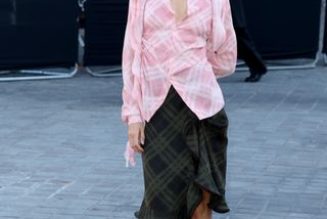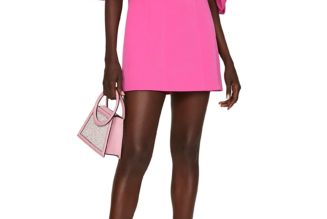What Happened: The resumption of outbound travel from China has not impacted luxury brands’ desire to expand in the country — some maisons are even accelerating the buildout of their footprints.
Hermès managing director Guillaume de Seynes told French media outlet Agence France-Press on April 1 that although Chinese consumers are keen to travel to Europe to shop, flights to France are still limited. Therefore, the business’ top priority is boosting its brand presence in China. The company plans to open a boutique in a new Chinese city every year, though it didn’t set a timeframe for the expansion.
Hermès last year opened three stores in China — in Zhengzhou, Chengdu, and Shanghai — and refurbished many of its existing landmark boutiques.

Hermès opened its fourth store in Shanghai at Taikoo Li Qiantan mall in October: Photo: Hermès
The ambitious plan reflects the French house’s confidence in China. According to Hermès’ financial report for 2022, revenue increased 29 percent year on year globally to $12.6 billion (87 billion RMB), and in the Asia-Pacific market (excluding Japan) it expanded 21.9 percent to account for 48 percent of total revenue.
The Jing Take: With consumers in lower-tier cities showing a growing appetite for luxury products, high-end names are moving closer to them to serve this demographic better. In 2021, Louis Vuitton revealed its plan to open a brick-and-mortar in each of China’s regions by 2025.
For brands like Hermès and Louis Vuitton, developing long-term relationships with very important consumers (VIC) is vital. A 2021 report by consulting firm Oliver Wyman shows that 70 percent of China’s luxury transactions are assisted by a salesperson, and 40 percent of Chinese luxury consumers contact sales assistants at the luxury stores where they shop at least once a week.

The Louis Vuitton store in Hefei reached a sales record in January. Is it time for luxury names to look at China’s newly minted first-tier cities for growth? Photo: Shutterstock
Notably, the report shows that 50 percent of Chinese purchasers of luxury fashion and accessories started buying these types of items only in the past 12 months, indicating the immense appetite of consumers in lower-tier cities.
But brands face rising competition, partly with themselves.
Given the luxury goods price differential between European countries and China, overseas shopping is still hugely appealing to mainland consumers, especially first-time buyers. Data from Lectra shows that the retail price of the Celine Triomphe canvas tote bag is 40 percent higher in China than in France, Louis Vuitton’s Neverfull handbag is over 30 percent more expensive, and Gucci Ophidia handbags are 20 percent dearer.
Yet, three years after the pandemic’s outbreak, local shoppers have grown accustomed to purchasing domestically. With overseas travel unlikely to rebound to pre-pandemic levels anytime soon, brands are doubling down on tailored in-store service to retain VICs locally and limit their exposure to daigous.
The Jing Take reports on a piece of the leading news and presents our editorial team’s analysis of the key implications for the luxury industry. In the recurring column, we analyze everything from product drops and mergers to heated debate sprouting on Chinese social media.









